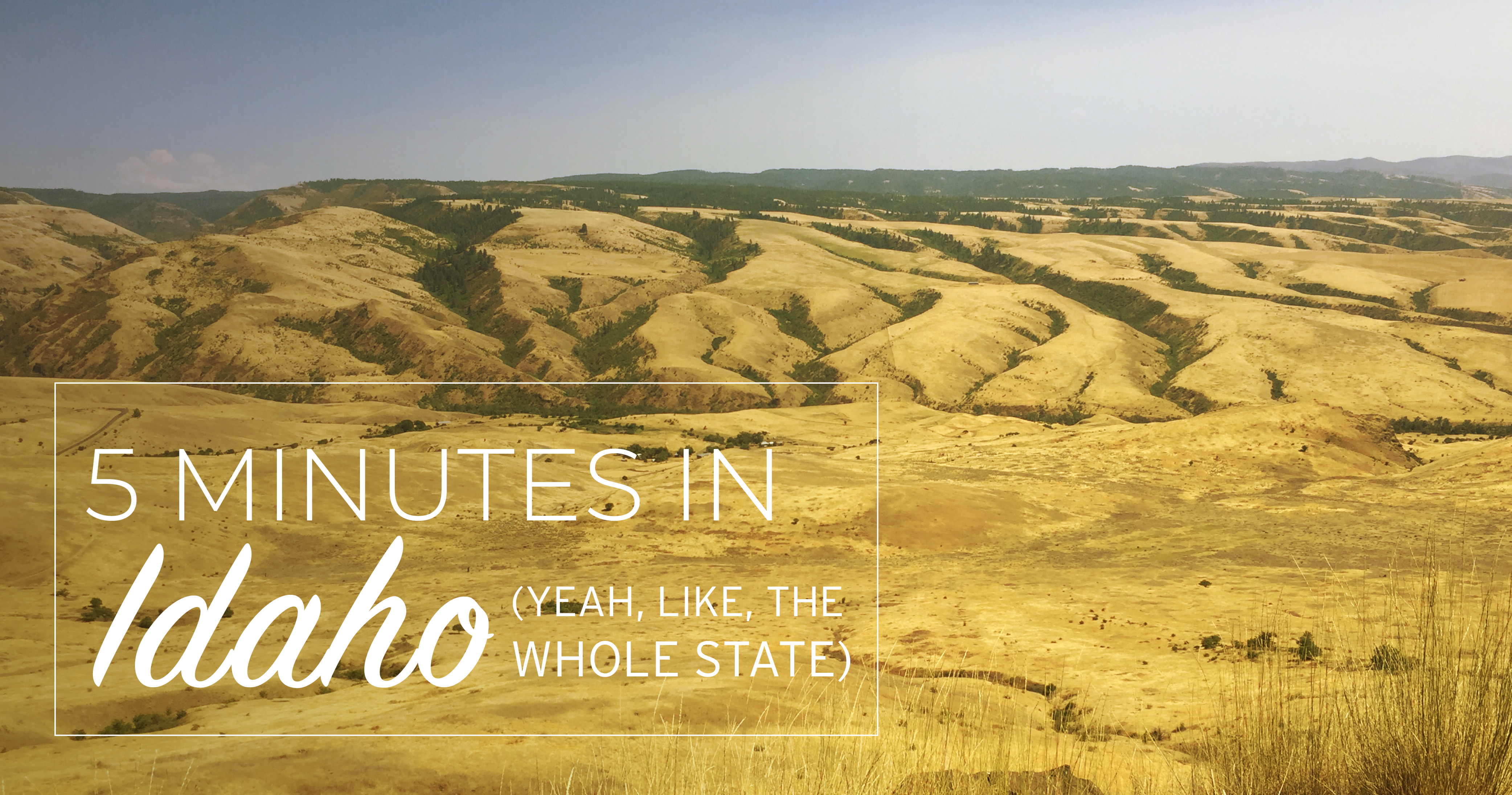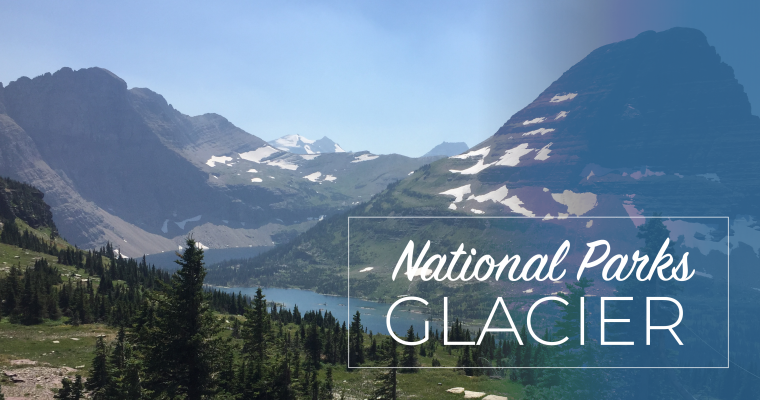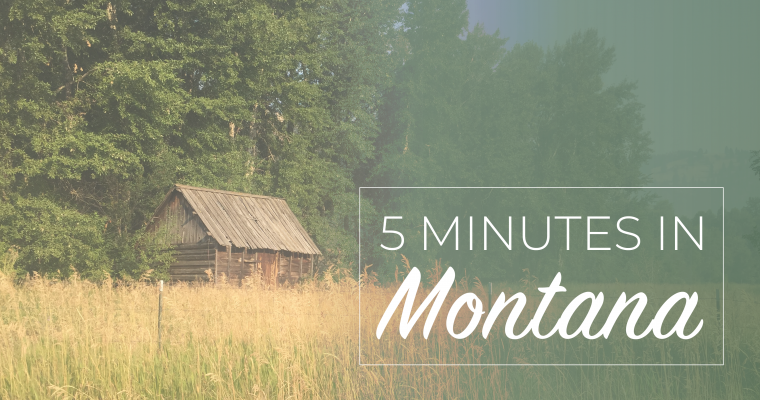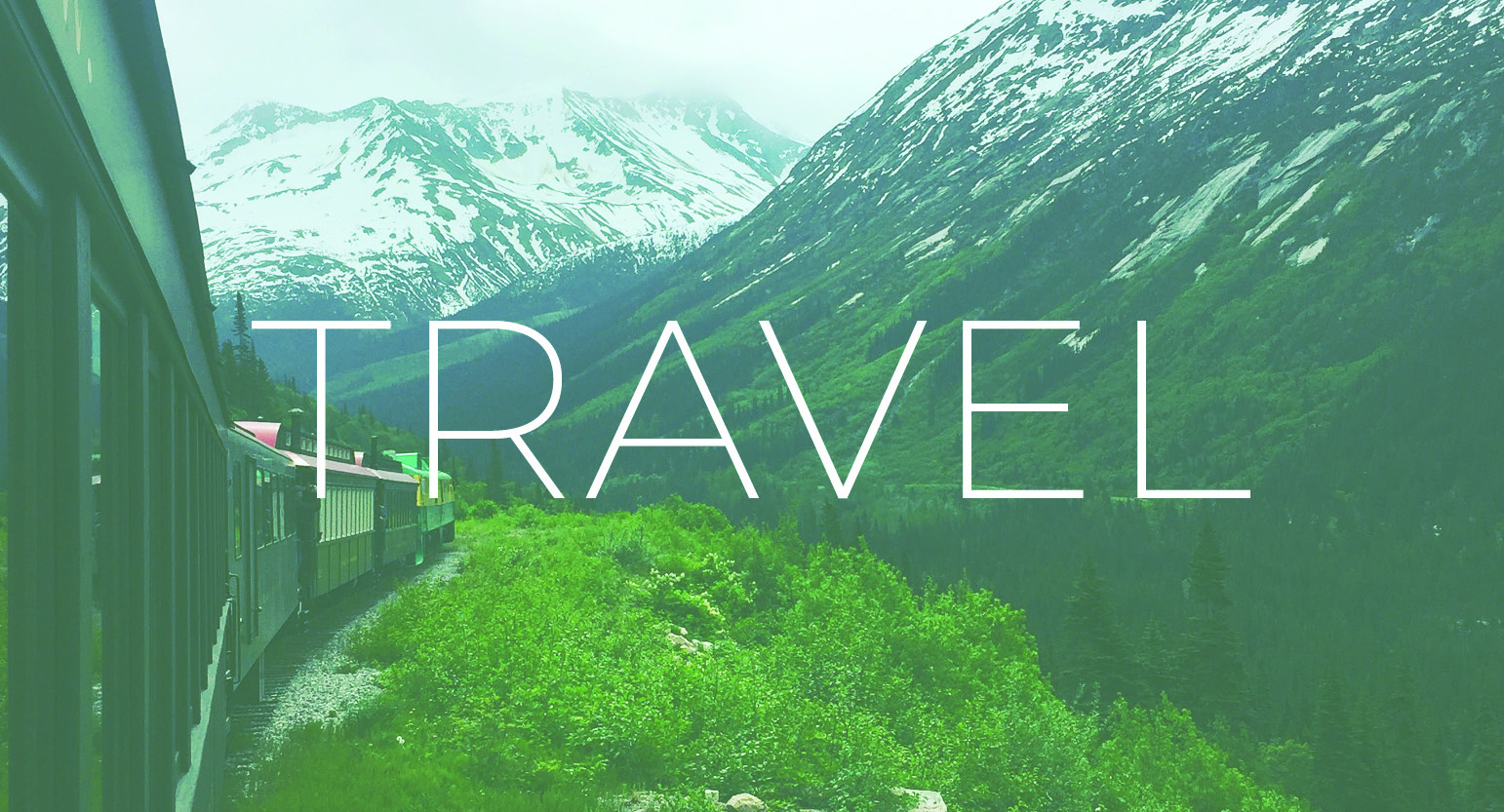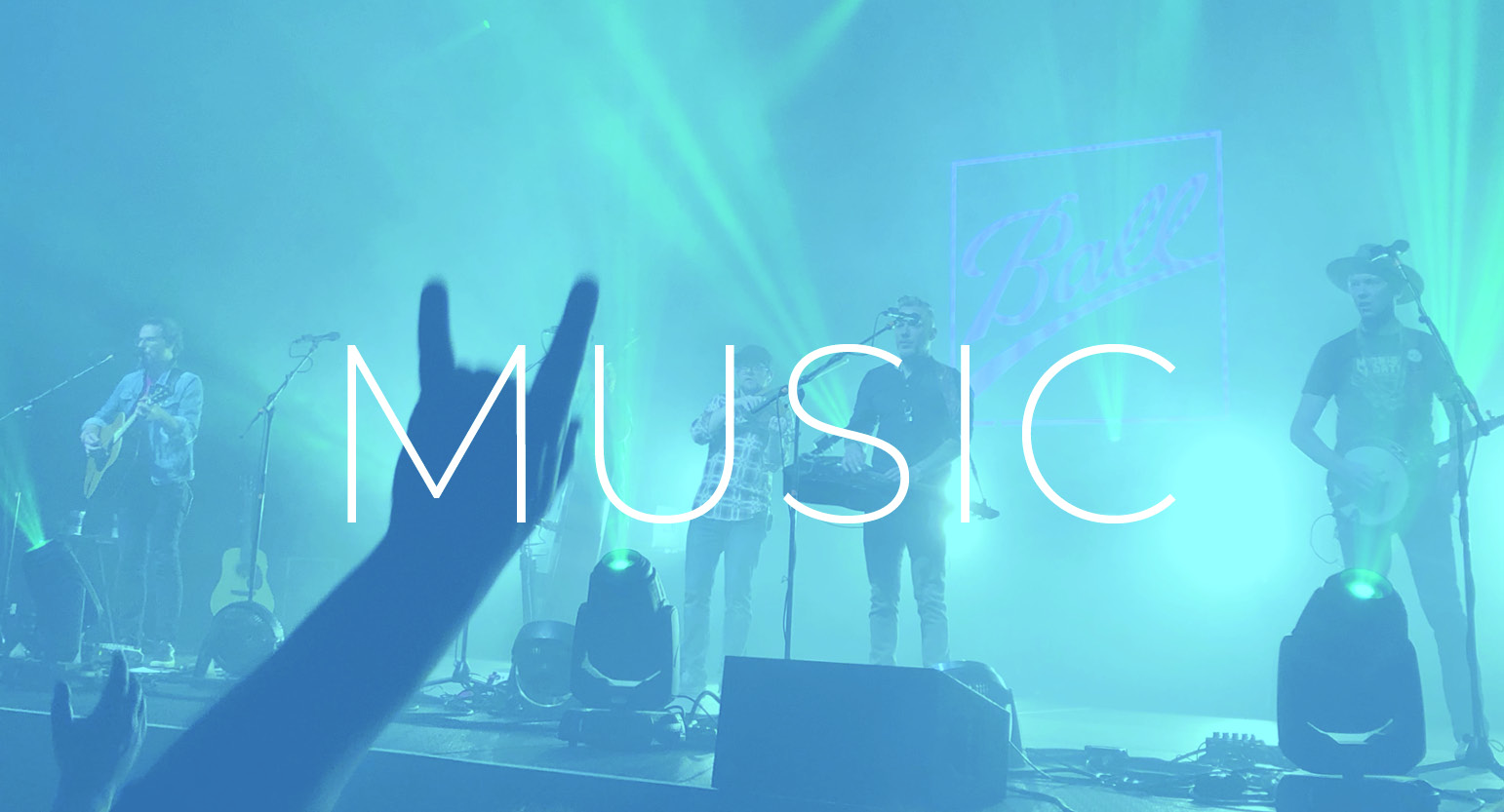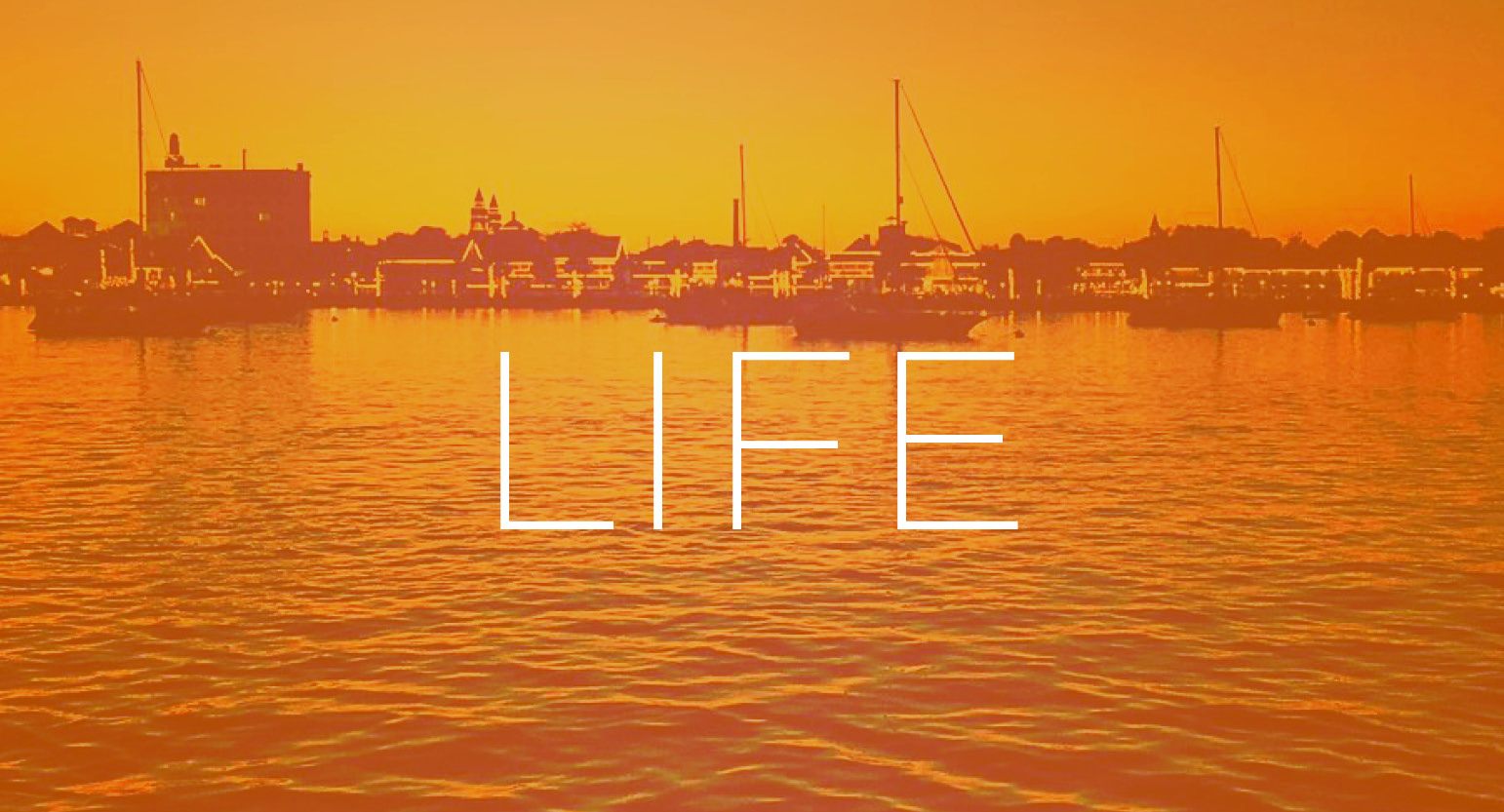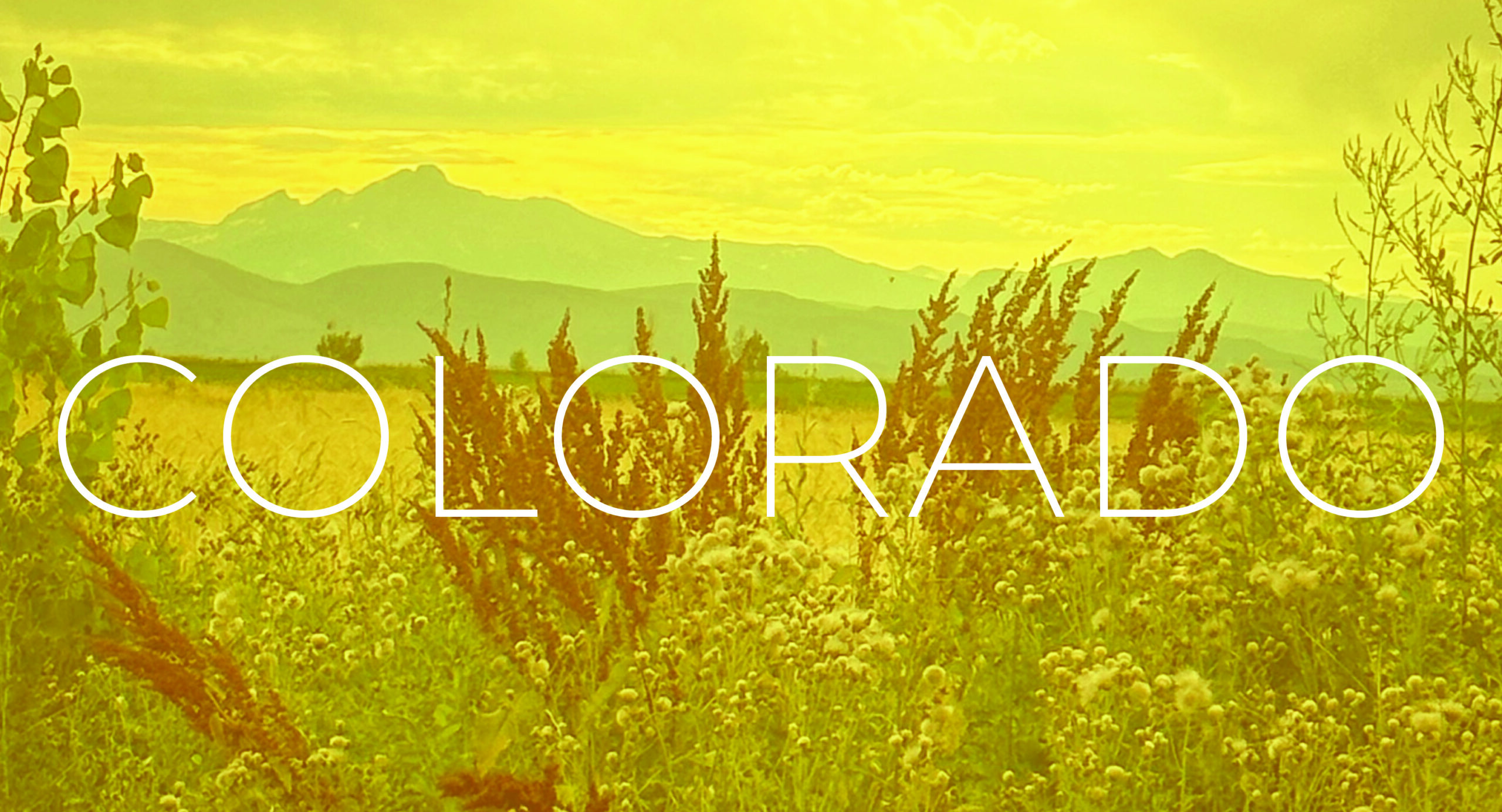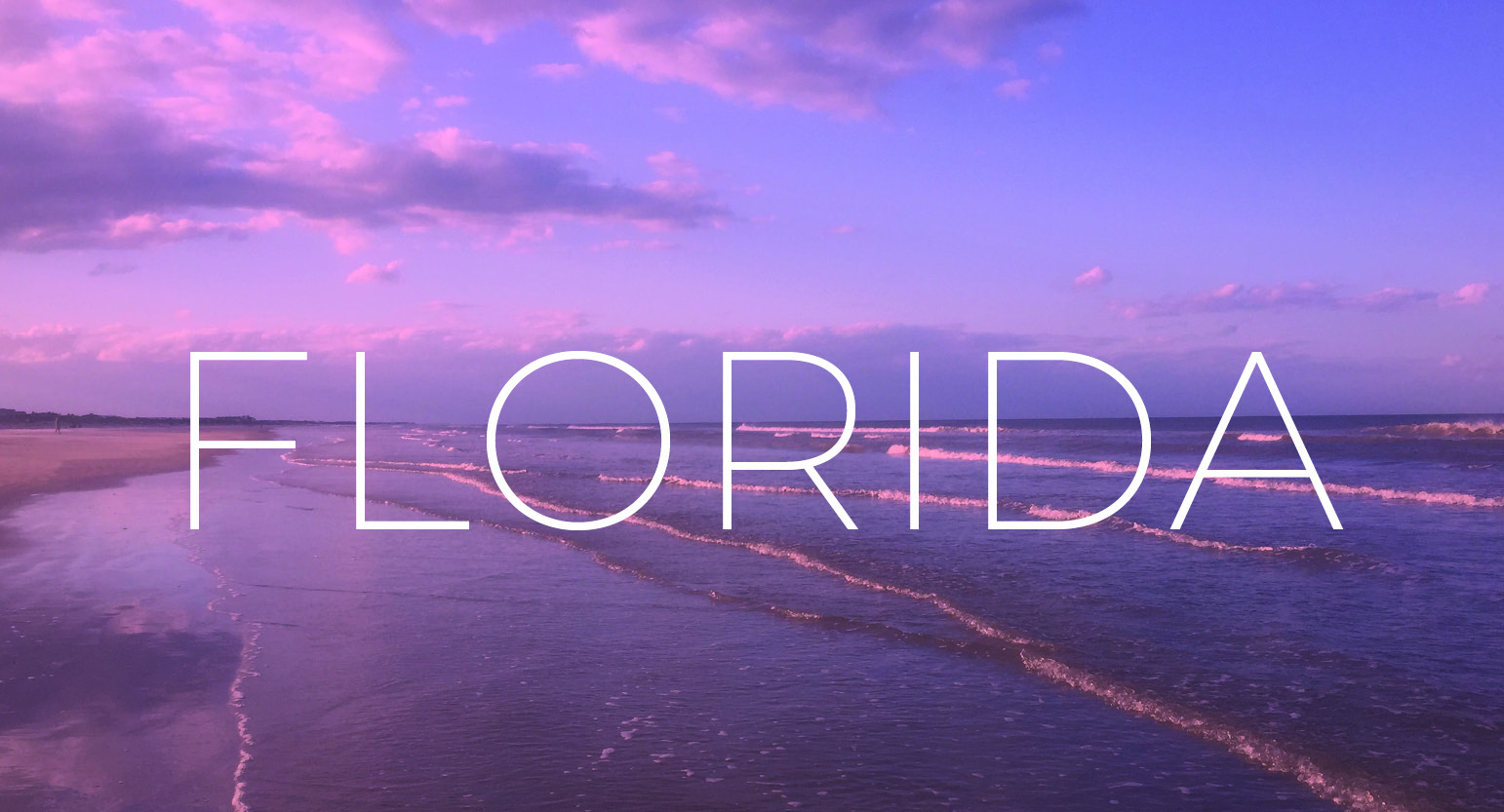Let me give you a very quick and unsolicited piece of advice:
People from Idaho do not want to hear your f*****g potato jokes. I found this out the hard way, which is why I’m trying to pay it forward and let you know that if you should ever set foot in the great state of Idaho, keep your potato jokes to yourself.
Fun fact, Idaho is actually known as the “Gem State” for their abundance of natural resources. So, if you happen to have any good mineral jokes, feel free to trot those out for show.
I have to admit, I was looking forward to maybe encountering the World’s Largest Potato or some other kind of roadside potato situation on my trip, however, the only potatoes I engaged with on my trip were the little tater rounds they serve at Taco Johns.
(Quick, but very important aside: If you have never visited a Taco Johns, I cannot even express to you in words how much you are missing out. They serve tacos WITH tater tots, two essential food groups that belong together in ways you never even DREAMED about and they also have a kick ass salsa bar and even if you find one in a truck stop, you must indulge. One time I had to go to Iowa and I can promise you with 100% certainty that Taco Johns is the only saving grace of that entire godforsaken state.)

Anyway, roadside potato situations aside, I flew into Boise on a scorching summer day in late July bound for a week-long road trip to Montana and back with a friend. I was prepared for adventure, but not prepared to withstand an unseasonable heat wave in a place where most people do not have air conditioning (a concept so foreign to this Floridian I still can’t quite grasp it).
To understand how and why this road trip came about, you first have to understand my exceptionally wonderful friend, Olivia.
Do you only use “bon voyage” when someone leaves on a boat?
Originally from Central Idaho (or Idahome, as she would say), Olivia moved to Florida after college to work as an underwater archaeologist for the St. Augustine Lighthouse & Maritime Museum, where I also happened to be employed. Her job was every bit as cool as it sounds (like, imagine if Indiana Jones and Jacques Cousteau were merged into one person), and since I was the public relations director, my job was cool by association. I got to tag along on a few of the archaeology team’s adventures searching for shipwrecks and recovering artifacts for the museum’s exhibits.
But in the spring of that year, things started to change. I decided to go back into the world of athletics and left the Lighthouse for a sports marketing position with a nearby community college while Olivia was accepted into graduate school at Oxford. Before her big move to London, Olivia decided to return home to Idaho for the summer. Since I’d never been to Idaho or Montana, it seemed like the perfect opportunity to explore new territory and have one last hoo-rah with Olivia before she moved overseas.

At the airport in Boise, I picked up our esteemed rental chariot for the trip (a very nice Chevy Impala) since Olivia’s ancient, albeit very beloved, Honda CR-V was prone to overheating even without triple digit temperatures. From the capital city, I made the two hour trek north to Olivia’s hometown of Council, where I spent my first couple of days assimilating to small town Idaho life.
Swimming holes, blue ribbon quilts, and a good ol’ fashioned rodeo
In a scant twenty-four hours, we covered the entire town of Council, including the local swimming hole, the 7 Devils Cafe (delicious) and the local museum. Among the many interesting exhibits at the museum on the history of Council Valley, my favorite was a fascinating vignette on a local dentist who kept chickens in her office right up until the local health officials finally convinced her that was not a suitable practice.
 |
 |
By a stroke of good luck, my trip happened to coincide with Council’s annual rodeo. A parade of riders on horseback waving flags and dripping in a mix of sequins and fringe idled through town late one afternoon, announcing the rodeo’s arrival. Before the actual bronco riding and calf wrangling began, we browsed the displays of gorgeous handmade quilts, original artwork and homemade jellies on exhibition. We also stopped off at the 4H auction where cows and rabbits and pigs raised by the local kids were sold off to the highest bidder.
 |
 |
 |
 |
Later that night, nearly every one of the 800 residents in Council packed into the stands to watch the rodeo events. Sherbet skies melted into the silhouetted peaks of the surrounding mountains, while riders of all ages put their skills on display riding sheep, roping cattle and busting broncos. It was my first true rodeo experience, but I surely hope it’s not the last.

But would you like to go to a place called Hell’s Canyon?
On the first day of our actual road trip, we left Council and headed about an hour up Highway 95 to Riggins, Idaho. Here, the highway enters a narrow canyon that was cut into the mountains by the swift moving waters of the Salmon River. Signs for the nearby natural attraction known as “Hell’s Canyon” create a sobering contradiction to the inviting array of roadside huts offering all manner of white water river adventures.
This is the part where I need to tell you that I am not an adventure seeker. I am clumsy enough by nature that surviving daily life without injury is a challenge in itself, so I typically don’t add to those odds by taking on things like zip lining, mountain biking, or white water rafting. If it requires me to wear a helmet, you can generally count me out.
But, Olivia insisted she had a close family friend who was an excellent guide and that the river wouldn’t be quite as rough in late July as it is earlier in the season when the snow first melts. I agreed to these terms and felt only a slight bit of apprehension churning in the pit of my stomach as we stood on the river banks snapping on life jackets under a blazing summer sun.
“Did anyone tell you the locals have given this river another name?” Olivia’s dad asked me.
I shook my head. “No. What’s that?”
“The River of No Return.”
My head snapped around to Olivia who gave me an apologetic wince. “It’s only called that because the current is so strong once you go down the river you can’t come back up.”
Right. Sure. Of course. Totally fine.

Knowing it was my first rafting trip, the group insisted on putting me in the bow of our rubber vessel, where I sat white knuckling the two straps attached to my seat. As we approached the first drop in the river, I closed my eyes and listened to the rising roar of the water. At the same moment the boat’s nose took a sharp dive, so did my stomach. Before I could elicit a reactionary scream, a wave of ice cold water stole the breath right out of my lungs.
Once the raft leveled out in calmer waters, I turned the rest of the group with a wide grin.
In truth, that river rafting adventure turned out to be one of the highlights of my entire trip. About halfway to our end point, we dragged the raft up onto an empty stretch of sand tucked into a quiet river bend. Hauling out the coolers for lunch, we quickly discovered it was too hot to stand and eat on the beach in the sun. Instead, we waded into the cool river, standing in the clear mountain water up to our knees while we devoured cold fried chicken, crispy strips of fresh bell pepper and juicy apricots with not another soul in sight.
It was one of the best meals I’ve ever had.
Passing through history with reverence and respect
After we wrapped up our river journey, Olivia and I hopped back in the car and continued north, leaving the canyons behind to return to the rolling ocre hills of the Idaho plains.
For over 11,500 years, this part of the Columbia River Basin has been home to the indigneous people known as the Nez Perce. They are one of the five federally recognized tribes in Idaho, where they have established a reservation that is headquartered in the city of Lapwai. Our drive took us right through Lapwai, as well as the White Bird Battlefield where the Nez Perce War began in 1877.
I could go into great detail about the Nez Perce War, and how the tribe tried hard to maintain a position of peace even as the United States took over 90% of their native land after miners found gold in the area, and how even when they did have to face off with the US, the tribe was outnumbered almost 2-1 and yet they were still able to defeat the US 1st Calvary…but instead, I will leave that to Wikipedia, for those who are interested in the details.
 |
 |
We passed through the plains, made a pit stop for Taco Johns in Grangeville, and eventually arrived at our destination for the evening: Moscow, Idaho (pronounced MOS-co, not Mos-COW like the Russian city). Home to the University of Idaho (Olivia’s alma mater, go Vandals!), Moscow is a quaint outpost just east of the Washington state line that offers everything a person could love about the Pacific Northwest: towering emerald conifers, an array of liberal bumper stickers, and a slow paced way of life.
We spent the night with Olivia’s aunt, who took us to the local co-op where we bought an assortment of artisanal meats and cheeses, fresh made focaccia, and some local craft beers. We assembled our impromptu charcuterie on the deck, under the stars, and listened to the soft sounds of Brandi Carlile as the day’s heat gave way to a cool breeze.
It’s tent time: S**t’s about to get real
In the morning, I took a very long, very hot shower, because I knew we were about to enter the tent camping portion of our trip and therefore would be without some creature comforts for a few days. We stopped off at the store to fill up our cooler with some essential provisions and left Moscow on the five-and-a-half-hour scenic route to Montana.
Instead of picking up Interstate 90 in Coeur D’Alene, which would’ve cut an hour or so off our trek, we decided to take the long way and continue north on Highway 95. We stopped for lunch and a bit of antiquing in Sandpoint, which was sort of a smaller, quieter version of the beautiful Coeur D’Alene. That part of the Idaho panhandle is dotted with a number of little resort villages huddled on lake shores with a smattering of cabins, quaint shops, and recreational boats.
 |
 |
 |
 |
We went as far north as Bonner’s Ferry, 30 miles south of the Canadian border, before we finally turned east and started heading toward the Montana border and our trip’s ultimate destination: Glacier National Park.
Part II: 5 Minutes in Montana – OR – skip straight to my National Parks Series on Glacier.
